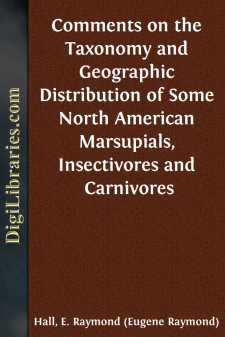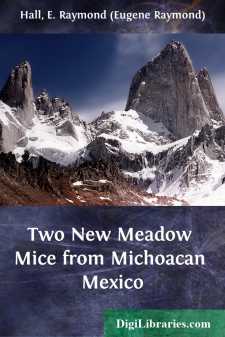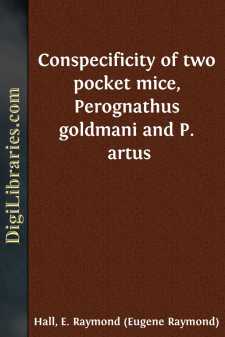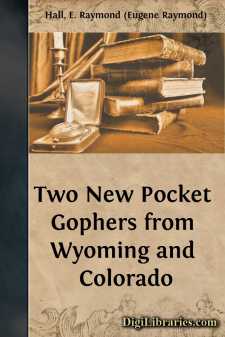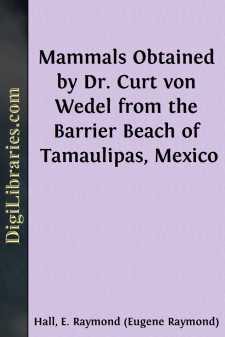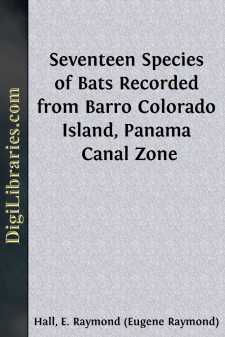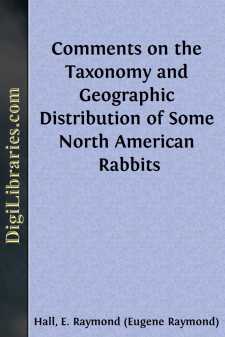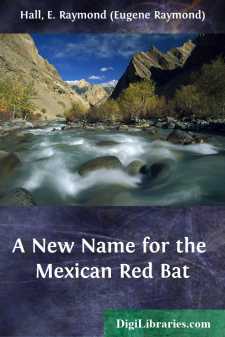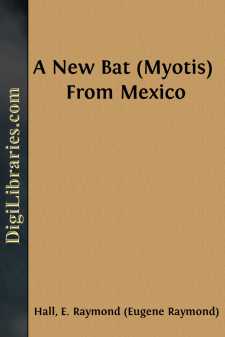Categories
- Antiques & Collectibles 13
- Architecture 36
- Art 48
- Bibles 22
- Biography & Autobiography 813
- Body, Mind & Spirit 142
- Business & Economics 28
- Children's Books 15
- Children's Fiction 12
- Computers 4
- Cooking 94
- Crafts & Hobbies 4
- Drama 346
- Education 46
- Family & Relationships 57
- Fiction 11828
- Games 19
- Gardening 17
- Health & Fitness 34
- History 1377
- House & Home 1
- Humor 147
- Juvenile Fiction 1873
- Juvenile Nonfiction 202
- Language Arts & Disciplines 88
- Law 16
- Literary Collections 686
- Literary Criticism 179
- Mathematics 13
- Medical 41
- Music 40
- Nature 179
- Non-Classifiable 1768
- Performing Arts 7
- Periodicals 1453
- Philosophy 64
- Photography 2
- Poetry 896
- Political Science 203
- Psychology 42
- Reference 154
- Religion 513
- Science 126
- Self-Help 84
- Social Science 81
- Sports & Recreation 34
- Study Aids 3
- Technology & Engineering 59
- Transportation 23
- Travel 463
- True Crime 29
E. Raymond (Eugene Raymond) Hall
The author has not yet completed their profile.
Author's Books:
Sort by:
In preparing maps showing the geographic distribution of North American mammals we have found in the literature conflicting statements and questionable identifications, which have led us to examine the specimens concerned with results as set forth below. Our studies have been aided by a contract (NR 161-791) between the Office of Naval Research, Department of the Navy, and the University of Kansas....
more...
In preparing a list of kinds of mammals of which specimens have been saved from the Méxican state of Michoacán, two heretofore unrecognized subspecies of the Méxican meadow mouse, Microtus mexicanus, have been found. Names for these and descriptions are given below. Microtus mexicanus fundatus new subspecies Type.—Male, adult, skin and skull; No. 100637, Univ. California Mus. Vert. Zool.; 3½ mi....
more...
Perognathus goldmani Osgood and Perognathus artus Osgood from southern Sonora, northern Sinaloa and adjoining parts of Chihuahua and Durango, are two named kinds of the Perognathus intermedius group of pocket mice, of the subgenus Chaetodipus. Until now the two kinds have been treated in the literature as two species. In both goldmani and artus the upper parts are Ochraceous-Buff (capitalized color...
more...
In the academic year of 1947-48 Montague studied the geographic variation in Thomomys talpoides of Wyoming. His study was based upon materials then in the University of Kansas Museum of Natural History. Publication of the results was purposely delayed until previously reported specimens from certain adjacent areas, especially in Colorado, could be examined. In the autumn of 1950 one of us, Hall, was...
more...
WHAT species of mammals occur on the "coastal island", barrier beach, of Tamaulipas? Are the closest relatives of these mammals on Padre and Mustang islands of Texas, instead of on the mainland of Tamaulipas, or are the mammals on the barrier beach distinct from all others? These were questions that Dr. von Wedel of Oklahoma City and I asked ourselves in March of 1950 when we were in southern...
more...
Our aim is to bring up to date the list of kinds of bats actually known from Barro Colorado Island, Panamá. In 1952 Samuel T. Dickenson, Marguerite Schultz, George P. Young, and E. Raymond Hall spent the first 17 days of April (except Mrs. Schultz who left on April 8) on Barro Colorado Island. On eight evenings a silk net, 30 feet long and 7 feet high with a ¾-inch mesh, was stretched in an open...
more...
IN preparing maps showing the geographic distribution of North American lagomorphs, some conflicting statements in the literature have led us to examine the pertinent specimens of the Florida cottontail and the Audubon cottontail with results as given below. The study here reported upon was aided by a contract between the Office of Naval Research, Department of the Navy, and the University of Kansas...
more...
When Gerrit S. Miller, Jr., published his "Revision of the North American Bats of the Family Vespertilionidae" (N. Amer. Fauna, 13:1-140, 3 pls., 39 figs. in text, October 16, 1897), the red bat, Lasiurus borealis, was known from the southern half of Mexico but he did not know that the hoary bat, Lasiurus cinereus, also occurred there. Therefore, the name A[talapha]. mexicana Saussure (Revue et...
more...
A series of 17 pocket gophers of the species Thomomys umbrinus obtained in 1943 from points 3, 4 and 5 miles south of Pátzcuaro proves upon comparison to be an hitherto unrecognized subspecies which is described and named as follows: Thomomys umbrinus pullus, new subspecies Type.—Male, adult, skin and skull; No. 100151, Univ. California Mus. Vert. Zool.; 5 mi. S Pátzcuaro, 7800 ft., Michoacán,...
more...
A single specimen of little brown bat from the northern part of the state of Veracruz seems to be of an heretofore unrecognized species. It is named and described below. Myotis elegans new species Holotype.—Female, adult, skin and skull, No. 88398 Museum of Natural History, The University of Kansas; 12-1/2 mi. N. Tihuatlán, 300 ft. elevation, Veracruz, Mexico; obtained on September 24, 1961, by...
more...


